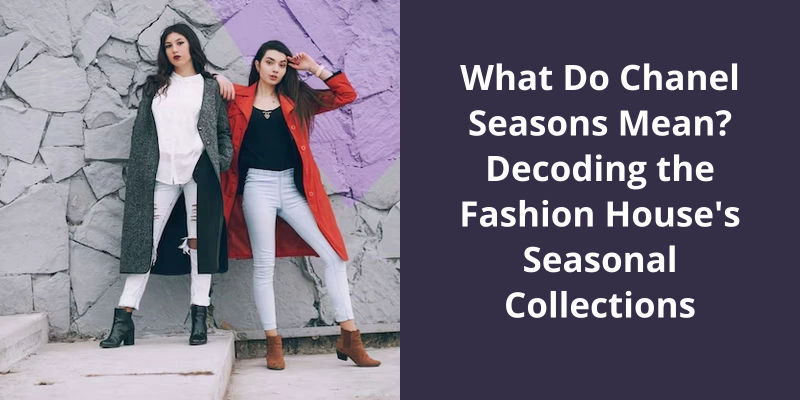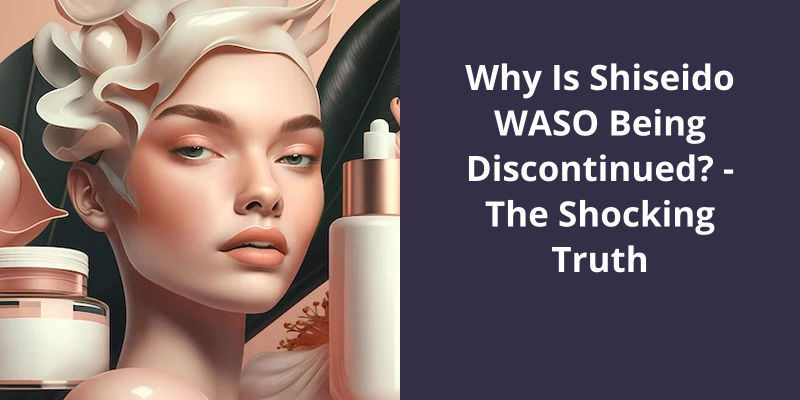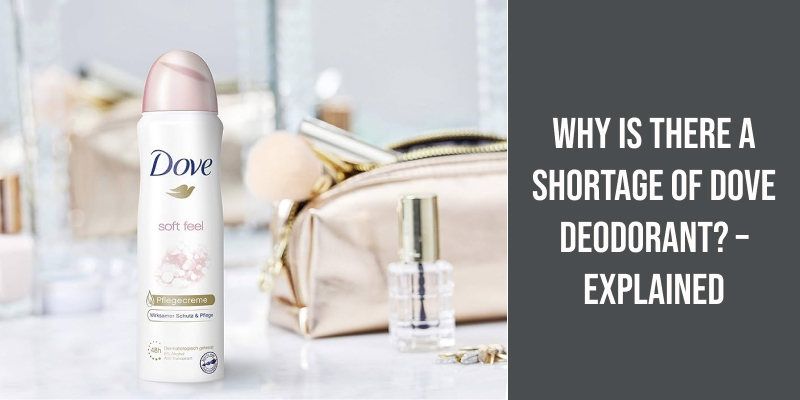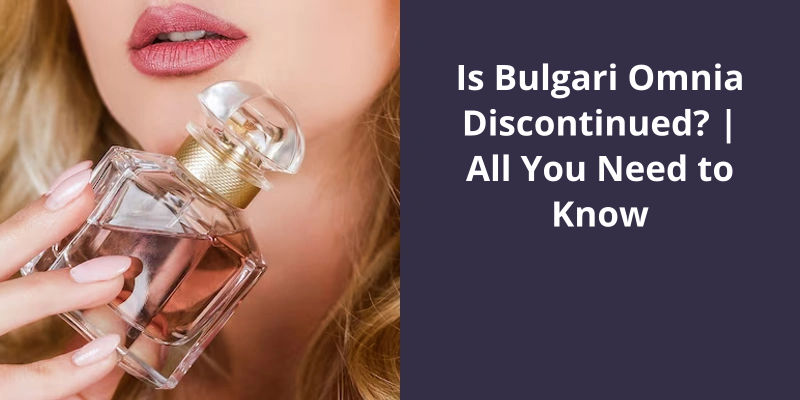The ancient site in Cyprus is known for discovering the world’s oldest known perfume. It dates back more than 4000 years and is believed to have been a thriving perfume industry during the Bronze Age. The archaeologists who made the discovery found around 60 stills, mixing bowls, funnels, and perfume bottles in the site, showing evidence of a thriving perfume industry. Some of the ingredients they found included lavender, bay, rosemary, pine, coriander and bergamot, hinting at the scent of the ancient perfumes. This discovery helps us understand the significance of perfume making in trade and economy during that time in history.
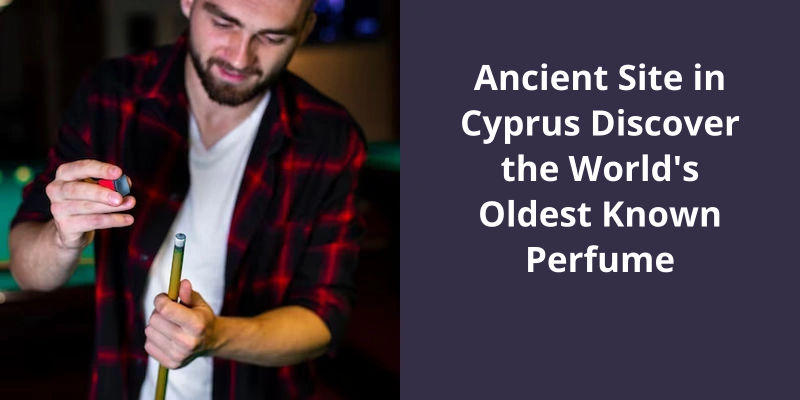
Was Perfume Invented in Egypt?
These scented mixtures were also used as cosmetics and medicine. Ancient Egyptians believed that perfumes had magical powers and could ward off evil spirits. They even had a goddess of perfume, Nefertum. Perfume was so valued that sometimes it was used as currency and given as a gift to royalty and high-ranking officials.
In addition to the Egyptians, other cultures in the ancient world had mastered the art of perfumery. The Greeks and Romans were no exception. They used various plants, herbs, spices, and oils to create scents. The Greeks even used perfume to hide body odor during athletic contests. In Rome, perfume was used in public baths to mask the smell of sweat and urine.
During the Middle Ages, perfume-making skills were kept alive by Arab alchemists. They refined the distillation process to produce more concentrated scents known as attars. These fragrances were made from a single botanical source, such as jasmine, rose, or sandalwood. The Islamic world became famous for it’s perfumes, and traders brought these exotic scents to Europe.
It wasnt until the Renaissance that the art of perfumery was revived in Europe. Italian perfumers used floral essences and spices to create perfumes that were very different from the heavy, animalistic scents popular during the Middle Ages. In France, the birthplace of modern perfumery, the first official perfumer was appointed by King Louis XIV in 165The perfume industry flourished in France, and today it remains the center of the perfume world.
Perfume today is made with a variety of ingredients, both synthetic and natural. Some of the most expensive and coveted perfumes use rare and exotic botanicals. This centuries-old industry has evolved, but the allure of fragrance has remained constant. From ancient Egypt to modern-day Paris, perfume continues to enchant and captivate us.
How Has the Technology of Perfume-Making Evolved Over Time?
- Perfume-making can be traced back to ancient civilizations, where fragrances were made using natural ingredients like flowers and spices.
- During the Middle Ages, perfume-making became a luxurious art and was often used by the nobility.
- The perfume industry as we know it today began in the 19th century, with the invention of synthetic fragrances.
- In the 20th century, perfume-making technology continued to evolve with the introduction of new methods and ingredients.
- Advancements in technology have allowed for greater precision and efficiency in creating fragrances, as well as the ability to replicate natural scents using synthetic ingredients.
As perfume making evolved, it became a popular luxury item among the upper classes in Europe during the Rennaissance period. From there, it spread to other parts of the world and has become a multi-billion dollar industry. The art of perfume making continues to evolve as new ingredients are discovered and techniques are developed, but the rich history of it’s origins remains an important part of it’s allure.
Where Did Perfume Originally Come From?
Perfume spread throughout Europe during the Renaissance, when it was valued not only for it’s scent but also for it’s medicinal properties. Perfumers started using alcohol as a carrier for fragrance, allowing for easier application and a longer-lasting scent. The French became the leaders in perfume production, with elite perfumers creating custom fragrances for wealthy clients.
Perfume making became an art form, with perfumers blending a variety of natural and synthetic ingredients to create unique and complex scents. This was a time when many of the classic fragrances we know today were created, such as Chanel No. 5 and LAir du Temps.
Today, there are thousands of perfumes available, with fragrances ranging from floral and sweet to musky and spicy. Many of the most popular perfumes are still made in France, but perfume production has spread throughout the world.
Perfumes aren’t just a luxury, but are also used for therapeutic purposes. Aromatherapy is the use of fragrances to enhance physical and emotional wellbeing, and is growing in popularity. Essential oils, derived from natural plants and flowers, are used to create fragrances that can help with stress, anxiety, and other ailments.
While perfume has come a long way since it’s origins in ancient Egypt and Mesopotamia, it’s purpose remains the same. It’s used to evoke emotion, attract attention, and enhance our daily lives.
As we delve into the world of perfumery, we come across the name of Johann Maria Farina, the Italian-born perfumier who created the first Eau de Cologne. His company, Johann Maria Farina gegenüber dem Jülichs-Platz GmbH, located in Cologne, has been in existence for over 300 years, making it one of the oldest perfume factories still in operation today. Let’s explore the fascinating history of this iconic perfumery.
What Is the Oldest Perfumery?
Perfumes have been around for thousands of years and their use can be traced back to ancient civilizations. The oldest perfumery in the world, however, can be found in Cologne, Germany. The Johann Maria Farina gegenüber dem Jülichs-Platz GmbH is considered to be one of the oldest German companies, and has been producing fragrances for over three centuries.
The company was founded by Giovanni Maria Farina, an Italian-born perfumer who moved to Cologne in the late 17th century. He revolutionized the industry by creating the first Eau de Cologne, a light and refreshing fragrance made from citrus oils. This scent became incredibly popular throughout Europe and is still sold today.
The perfumery has remained in the same location since it was founded in 1709, and is housed in a beautiful baroque building. Visitors can take tours of the factory and learn about the history of perfume-making in Cologne. The company is still family-owned and continues to produce fragrances using traditional methods.
Throughout history, scent has been used for many reasons. In ancient times, it was used to mask unpleasant odors and to signal social status. Later, it became associated with spirituality and was used in religious ceremonies. Today, fragrances are used for pleasure and self-expression.
The perfume industry has evolved significantly over the centuries, with new scents being created constantly. However, the traditional methods used by the Johann Maria Farina perfumery have remained the same. Fragrances are still created using natural ingredients and the intricate process of blending scents requires great skill and expertise.
From it’s origins in Italy to it’s current location in Germany, the company has remained dedicated to the art of perfumery for more than 300 years. It continues to be a beloved institution, providing luxurious scents to customers around the world.
Tapputi, a woman from Babylonian Mesopotamia, holds the title of the world’s first recorded perfumer or chemist, according to a Cuneiform tablet from 1200 BCE. Despite being a woman in a patriarchal society, Tapputi was a significant and respected member of both government and religion in her time. But who followed in her footsteps and continued to innovate in the world of fragrance? Let’s find out.
Who Was the First Woman to Make Perfume?
According to historical records, Tapputi was a chemist and perfume maker. She created perfumes for religious purposes and the nobility of Mesopotamia. Her knowledge and expertise in perfumery were recognized by the king and she was appointed as the supervisor of the royal palace.
Tapputis perfumes were made with a variety of ingredients such as myrrh, balsam, and various types of flowers. She used different methods to extract the fragrant oils from these ingredients, such as boiling and distillation. Her perfumes were highly valued and were exported to different regions of the world.
Unfortunately, not much is known about Tapputis personal life. Her name appears only on a single cuneiform tablet that’s preserved in the University of Pennsylvania Museum of Archaeology and Anthropology. The tablet describes the methods used by Tapputi to make her perfumes and her role in government and religion of Mesopotamia.
Tapputis legacy continues to inspire modern perfumers to explore the art and science of fragrance. Her expertise and knowledge of perfumery have been passed down through generations, and her contribution to the world of perfumery is still being celebrated today. The next time you apply your favorite fragrance, take a moment to honor the woman who started it all.
Perfume has been a part of human culture for centuries, and it’s history is as fascinating as the fragrances themselves. One of the most interesting aspects of perfume history is the evolution of perfume bottles. While we may take for granted the glass bottles that hold our favorite scents now, perfume containers have been made from a variety of materials throughout history. In fact, the oldest perfume bottle known to exist dates back thousands of years.
What Is the Oldest Perfume Bottle?
One of the oldest known perfume bottles can be traced back to the city of Uruk in Mesopotamia, roughly 4,000 years ago. These clay vessels were intricately designed with relief patterns that depicted the daily life and religious beliefs of the ancient civilization. They were likely used to hold various scents, including oils, balms, and perfumes, and were often gifted to royalty or used in religious ceremonies.
Over time, the production of perfume bottles became more refined and sophisticated. In ancient Greece, precious metals and gems were used to create beautiful, ornate containers that were as much works of art as they were functional objects. The Greeks also developed the first atomizer, a tool that allowed for the controlled spraying of perfume.
During the Middle Ages, perfume bottles were often made of glass and decorated with intricate enamel designs. They were often used as gifts to exchange between royalty and nobility, and were highly treasured. As trade routes expanded, exotic scents like musk and sandalwood were introduced into Europe, and perfume became a highly sought-after luxury item.
By the 19th century, the perfume industry had become a major player in the world economy, with France emerging as the epicenter of production. Parisian perfumers like Guerlain and Chanel created iconic fragrances and marketed them with stunning packaging and bottle design. Many of the most famous perfume bottles of this era, like the Chanel No. 5 bottle designed by Coco Chanel herself, are still revered as timeless works of art.
Today, perfume bottles continue to evolve as designers push the boundaries of functionality and aesthetics. From sleek, minimalist designs to elaborate, sculptural creations, there’s no limit to the creativity and innovation of the modern perfume bottle. Whether they’re used to hold traditional scents like rose and lavender or innovative new fragrances, perfume bottles remain an enduring symbol of beauty and luxury.
The Cultural Significance of Gifting Perfume Bottles and the Symbolism Behind Different Designs and Materials Used
- Perfume bottles have been gifted for centuries across cultures and religions.
- In Islamic culture, it’s considered a virtuous act to gift perfume and receive perfume as a gift.
- The designs of perfume bottles vary widely and often carry symbolism.
- The use of glass and crystal is common in luxury perfumes, symbolizing purity and clarity.
- Some perfume bottles are designed to resemble historical landmarks or take inspiration from flora and fauna.
- In ancient Egypt, perfume bottles were often used as burial objects, symbolizing the importance of fragrance in the afterlife.
- Perfume bottles are often collected and displayed in homes, further emphasizing their cultural and aesthetic significance.
Source: A Brief History of Perfume Bottles – Scent Lodge
Conclusion
The fact that archaeologists were able to identify the specific scents that were popular at the time provides us with a unique window into the lives of these ancient people. This discovery reminds us that the pursuit of beauty and self-expression is a timeless human desire, and understanding the history of perfume can give us a greater appreciation for this art form. It’s also a testament to the importance of preserving our cultural heritage and investing in archaeological research, as there are undoubtedly countless more discoveries waiting to be made. As we continue to explore the mysteries of our past, we gain a deeper understanding of ourselves and our place in the world.


